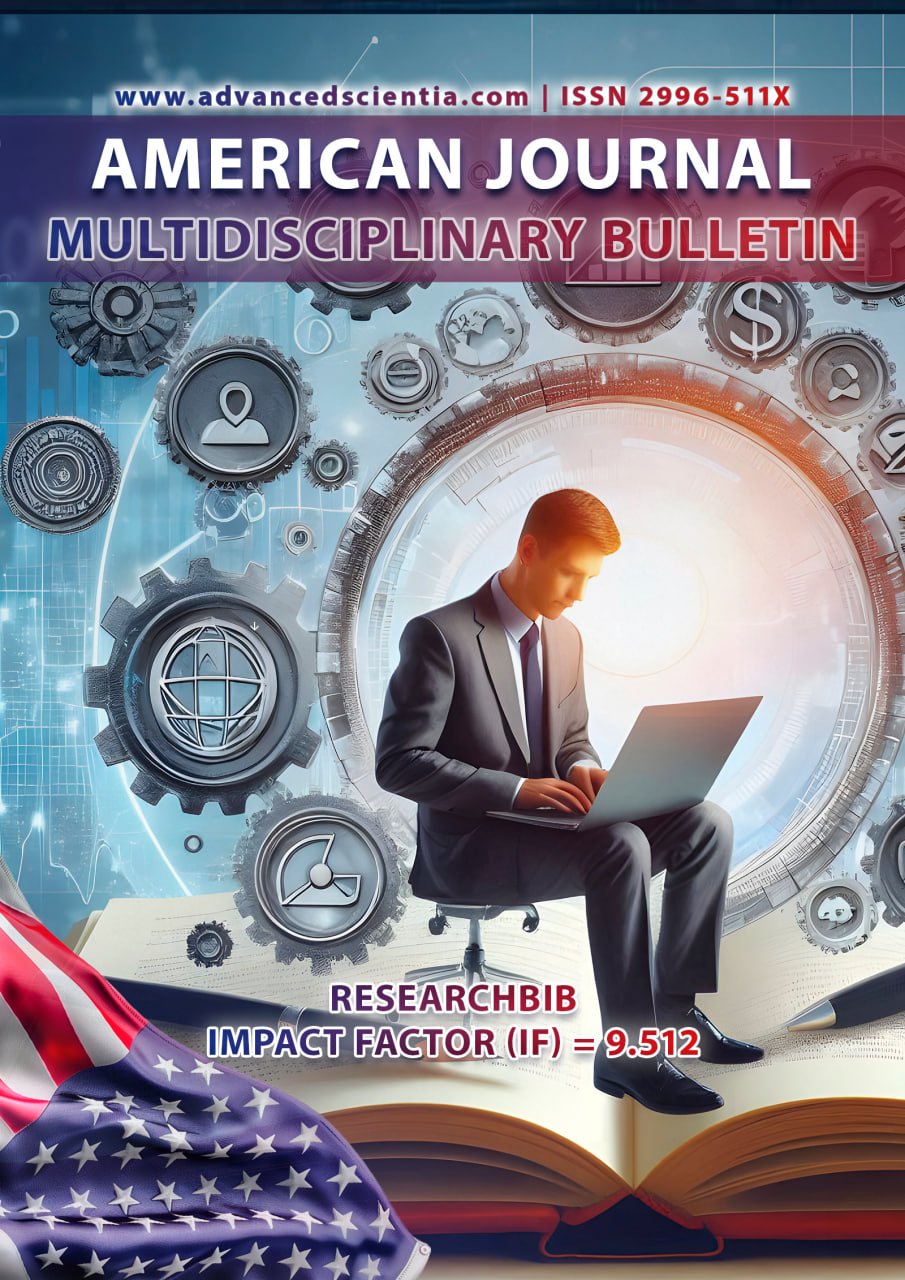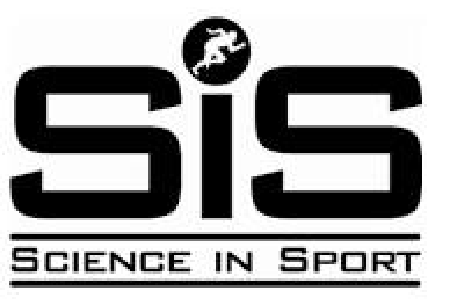ZAMONAVIY INGLIZ ADABIYOTIDA HIKOYA QILISH USLUBLARI
Abstract
This article provides a detailed analysis of key narrative techniques employed in contemporary English literature. It focuses on how authors use innovative methods such as stream of consciousness, unreliable narration, multiple perspectives, and non-linear narrative structures to explore complex characters and themes. The paper also discusses the influence of postmodernism on these techniques and how they contribute to enhancing the emotional and intellectual depth of literary works.
References
1. Bal, M. (2009). Narratology: Introduction to the Theory of Narrative (3rd ed.). University of Toronto Press.
2. Genette, G. (1983). Narrative Discourse: An Essay in Method. Cornell University Press.
3. Rimmon-Kenan, S. (2002). Narrative Fiction: Contemporary Poetics (2nd ed.). Routledge.
4. Herman, D. (2010). Basic Elements of Narrative. Wiley-Blackwell.
5. Lodge, D. (1992). The Art of Fiction. Penguin Books.
6. Fludernik, M. (2009). An Introduction to Narratology. Routledge.
7. Abbott, H. P. (2008). The Cambridge Introduction to Narrative (2nd ed.). Cambridge University Press.
8. McHale, B. (1987). Postmodernist Fiction. Routledge.
9. Eagleton, T. (2008). Literary Theory: An Introduction (2nd ed.). Blackwell Publishing.
10. Waugh, P. (1984). Metafiction: The Theory and Practice of Self-Conscious Fiction. Routledge.






















